How to whiten tulle at home: reviews and recommendations of experts
Exquisite curtains can significantly transform the interior, visually enlarge the space, and make the room cozy. Every housewife should know how to bleach tulle at home quickly, efficiently and at no extra cost, because even the most beautiful material can get dirty over time and acquire a gray coating.
As a rule, white tulle made of a thin translucent fabric is used to decorate a window opening, which absorbs dust and other dirt well. It's good that you can easily return her to its former snow-whiteness even at home.
Exquisite curtains can significantly transform the interior, visually enlarge the space, make the room cozy
We invite you to familiarize yourself with the best practices and consider the advantages and disadvantages of each.
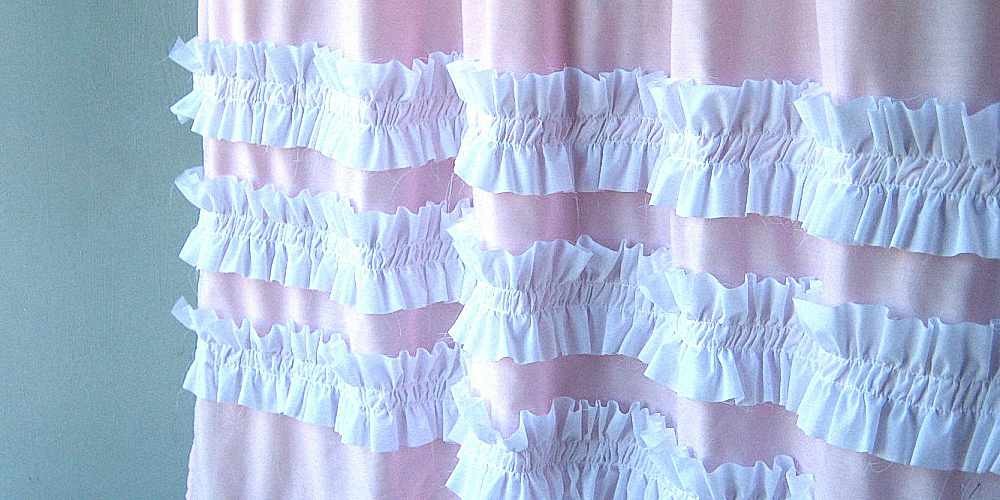
You can easily return the tulle to its former snow-whiteness even at home.
This component is definitely found in everyone's kitchen, so there shouldn't be any problems with preparing a cleaning agent. Pour warm water into a large basin (the optimal temperature is 30-40 ° C), add 4-6 tablespoons of table salt, 2 tablespoons of washing powder (preferably with a whitening effect), stir well, and then place the contaminated product in it. It should be completely saturated with the solution, so leave the tulle in the basin for at least 5-6 hours. After the specified time has passed, rinse it with plenty of clean water and let it drain.
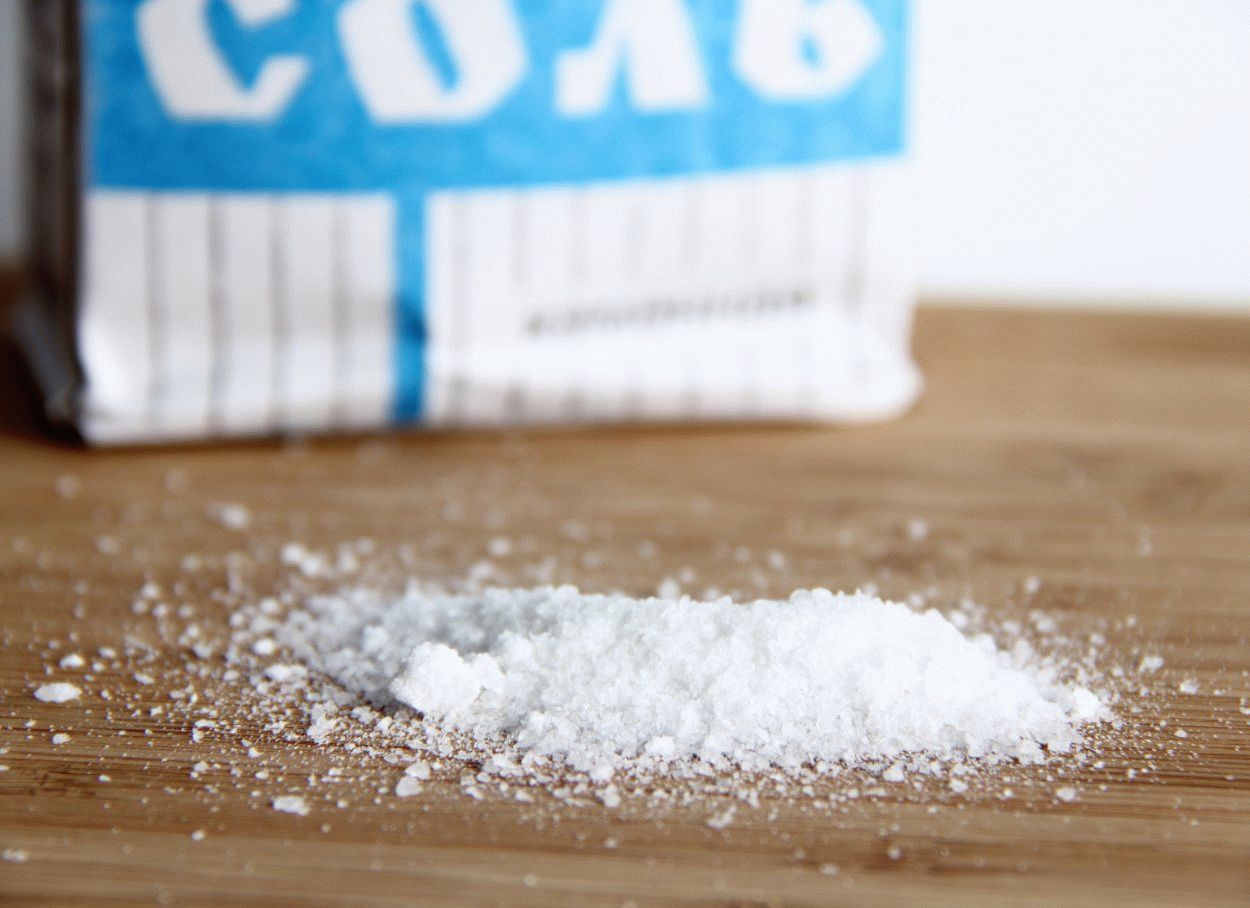
Remember that salt bleaching takes a long time.
The advantages of the method include:
- economy (you don't need expensive products for cleaning);
- availability (salt is found in the kitchen for every person);
- harmlessness (suitable for people sensitive to chemicals, as it does not cause allergies).
There is only one drawback - such whitening takes quite a long time, so it is not suitable for those who want to get the job done quickly.
A great example of how to bleach old tulle at home is a wash with the addition of blue. First, the curtains should be hand washed using laundry soap. This will remove dust and surface contamination from the fabric. Put 8-10 liters of water in a bucket or bowl, add half a teaspoon of blue to it and stir thoroughly. The product must dissolve well, otherwise stains may form on the fabric. Place the tulle in the prepared solution and let stand for 1-2 minutes, stirring constantly and turning it over, and then rinse under running cold water.
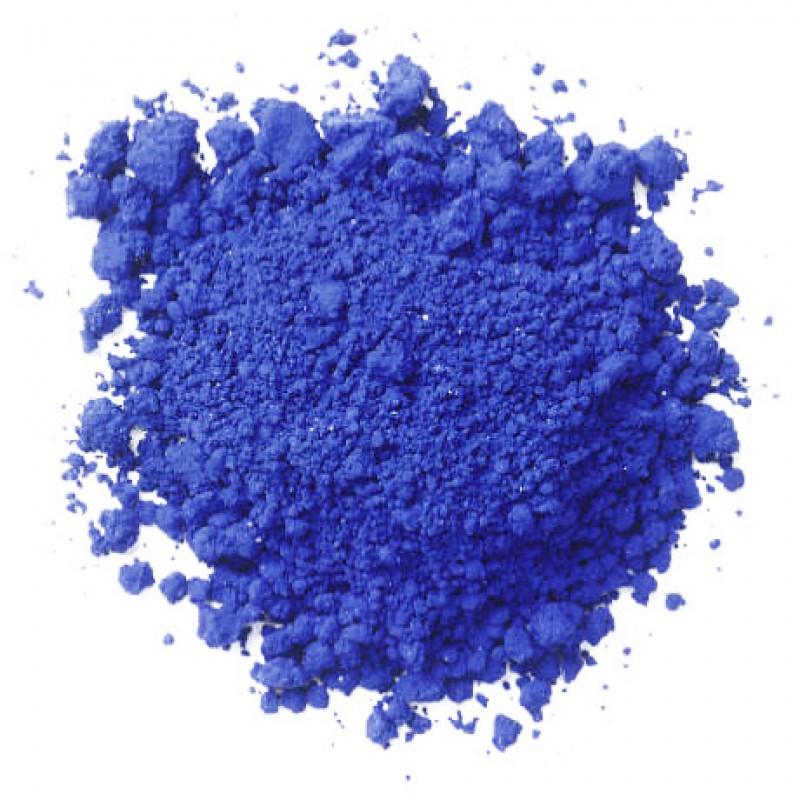
A great example of how to bleach old tulle at home is a wash with the addition of blue
An alternative to this method is machine wash. It is enough to load the product into the drum along with the powder, select the delicate mode, and pour 0.5-1 caps of blue into the special compartment for the conditioner. Thus, you do not have to spend your personal time doing the laundry.
So, the following advantages can be highlighted:
- efficiency (as a result, you will get a clean, snow-white tulle);
- whitening will not take much time, since you do not have to soak the product for several hours;
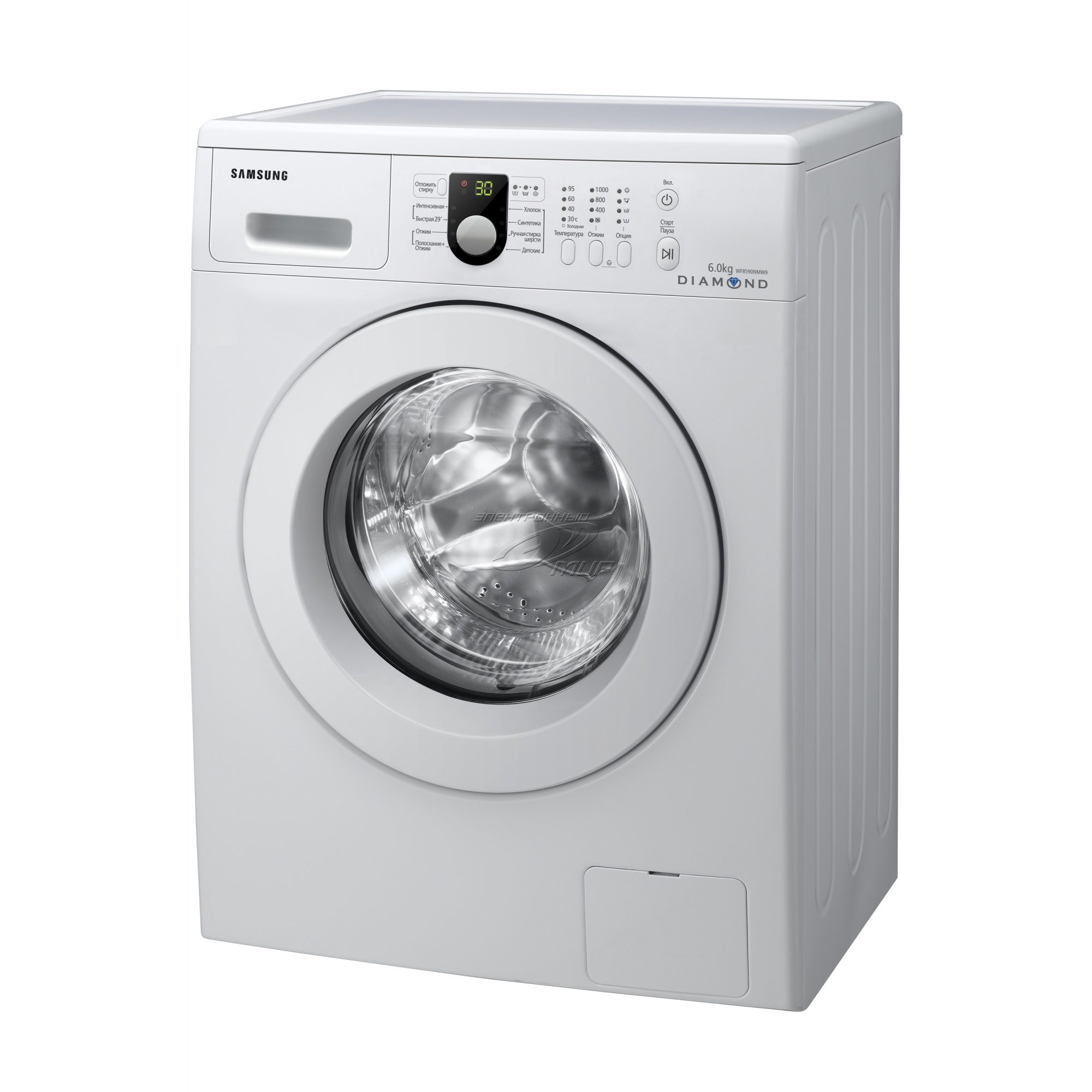
It is enough to load the product into the drum along with the powder, select the delicate mode, and pour 0.5-1 caps of blue into the special compartment for the conditioner
- economy (blue is quite cheap).
At the same time, we must not forget about the cons:
- it is quite problematic to find blue in household chemicals stores and supermarkets, so finding a remedy may take some time;
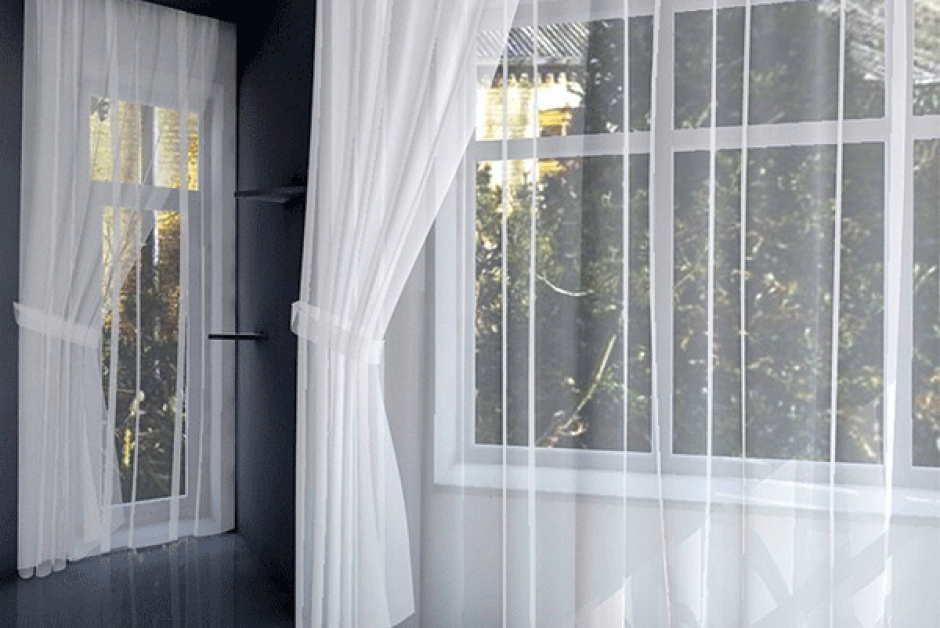
Be careful to ensure that the blue is completely dissolved in the water.
- you need to be careful to ensure that the blue is completely dissolved in the water. Even the smallest crystals can leave stubborn stains on fabrics, so this method is best used for hand washing.
Greenery will help to effectively bleach the tulle at home and give it its original look. This method is one of the most popular and has received good reviews. Pour warm water into a glass and add 3-5 drops of ordinary greenery. Stir the solution and let sit for a few minutes. Pay attention to the presence of sediment: if there is none, you can safely pour the contents of the cup into a bowl of warm water.
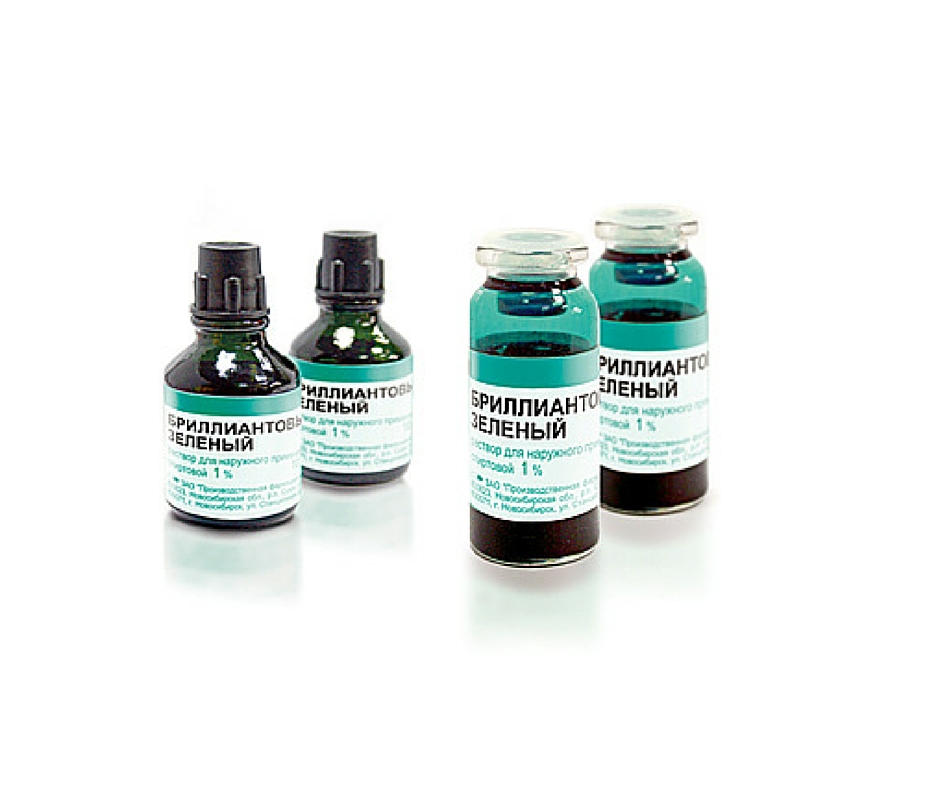
Greenery will help to effectively bleach the tulle at home and give it its original look.
Otherwise, the product must be thoroughly mixed, wait until it is completely dissolved, and then pour into a bowl through a sieve of several layers of gauze. Before bleaching, the tulle should be thoroughly washed and stubborn stains removed. As soon as all preparations are completed, place it in a container with a solution of greens and leave for 5 minutes, constantly turning over. Then you just have to rinse the curtain, let the excess water drain and hang it up.
The advantages of the method are as follows:
- availability (green stuff is included in every first aid kit);
- frugality (a bottle of green diamond has a low cost);
- whitening speed (the procedure will take no more than 30 minutes);
- efficiency (tulle will look like new).
If you do everything right, you will not notice a single flaw. Problems can only arise if you mix the solution poorly and the crystals will not melt in the water.
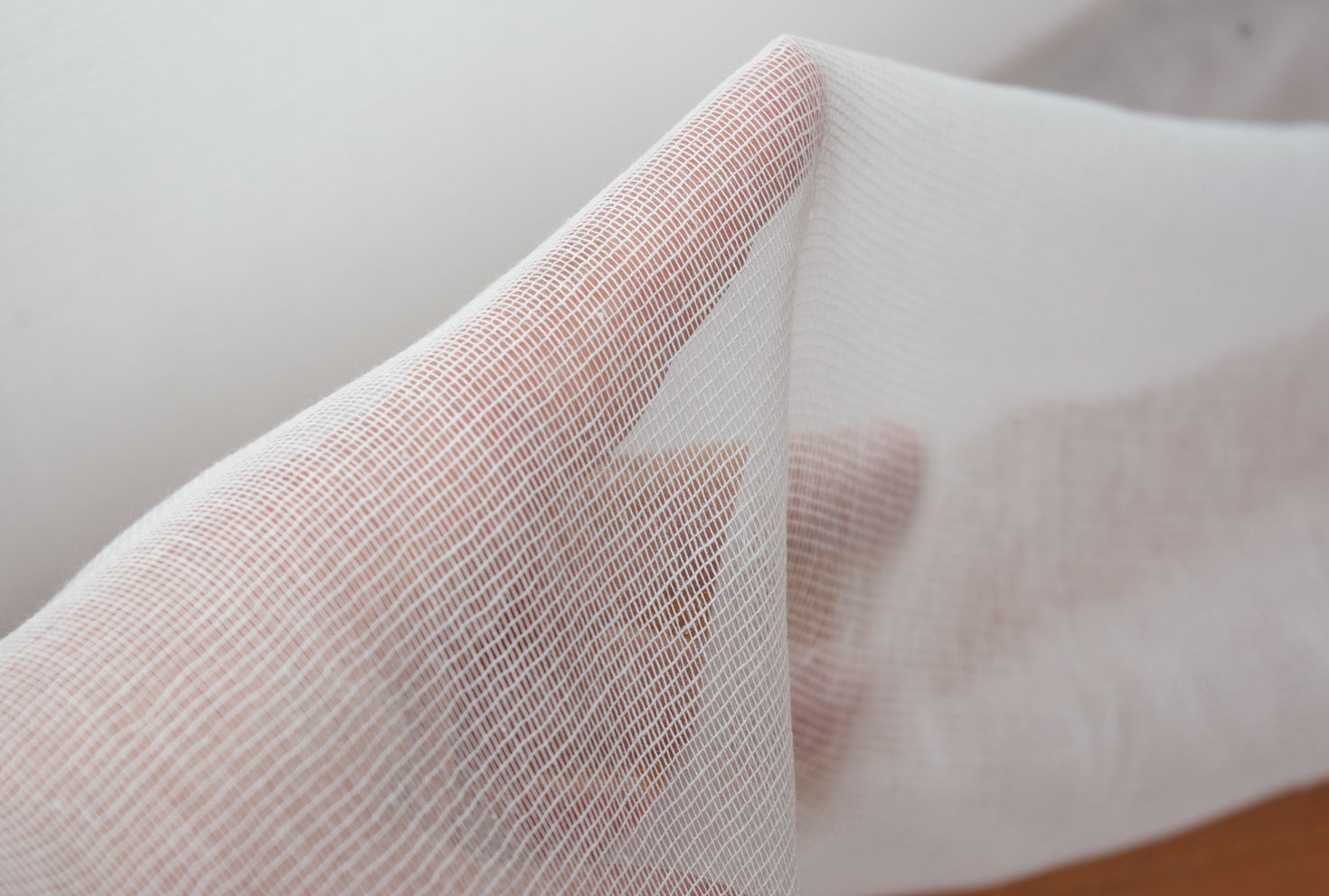
Before bleaching, the tulle should be properly washed and stubborn stains removed.
Important! This negligence can cause green spots or streaks to form on the canvas, so be extremely careful and follow the instructions.
Ammonia and hydrogen peroxide
Immediately, we note that this method is provided exclusively for dense cotton curtains. So, fill the washing container with water heated to 60 ° C, add a tablespoon of ammonia and 3 tablespoons of hydrogen peroxide to it, and then mix thoroughly. Dip the tulle into the resulting solution and let stand for 30-40 minutes. Please note that the product must first be washed with detergents to remove dust and other dirt from it. After the specified time has elapsed, you just have to rinse the fabric, let it drain and squeeze out gently.
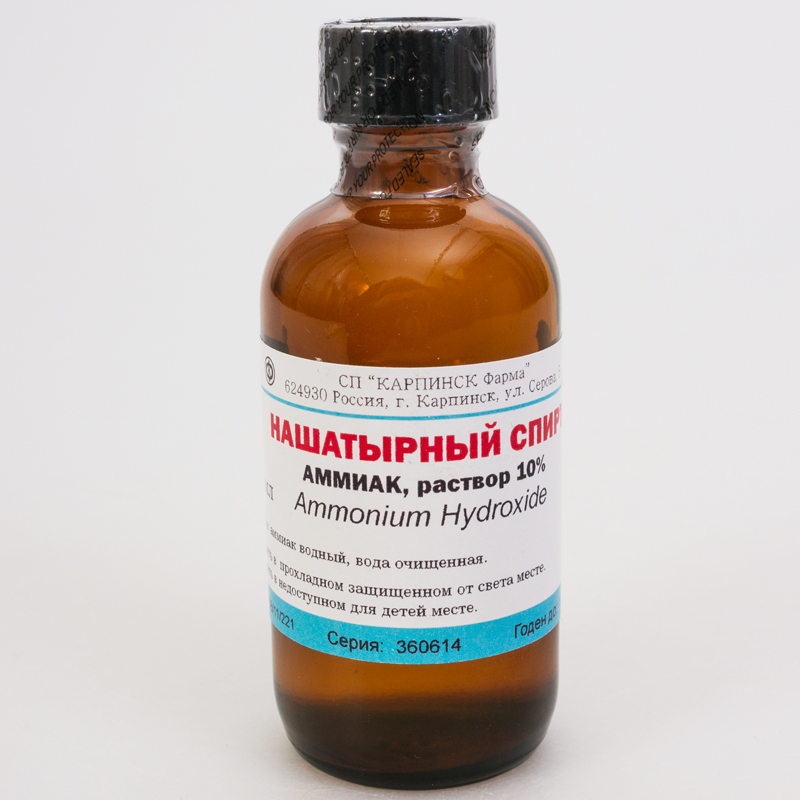
It should be remembered that this method is only intended for heavy cotton curtains.
- cheapness (such whitening will cost you 10 rubles);
- effectiveness (the effect is noticeable after the first application);
Such whitening will cost you 10 rubles.
- cleaning speed (you don't have to soak the tulle overnight);
- availability (ammonia and peroxide are sold in every pharmacy).
The only drawback is that this method is not universal, so it cannot be used for synthetic fabrics.
Another example of how to achieve an excellent result with the help of improvised means. Before bleaching the tulle, wash it in the washing machine to remove dust and stains. Dissolve 250 grams of potato starch in a bowl of warm water. Once all preparations are complete, dip the tulle in the solution and leave for 5-7 hours. After this time, let the water drain, and then hang the curtains without wringing out.
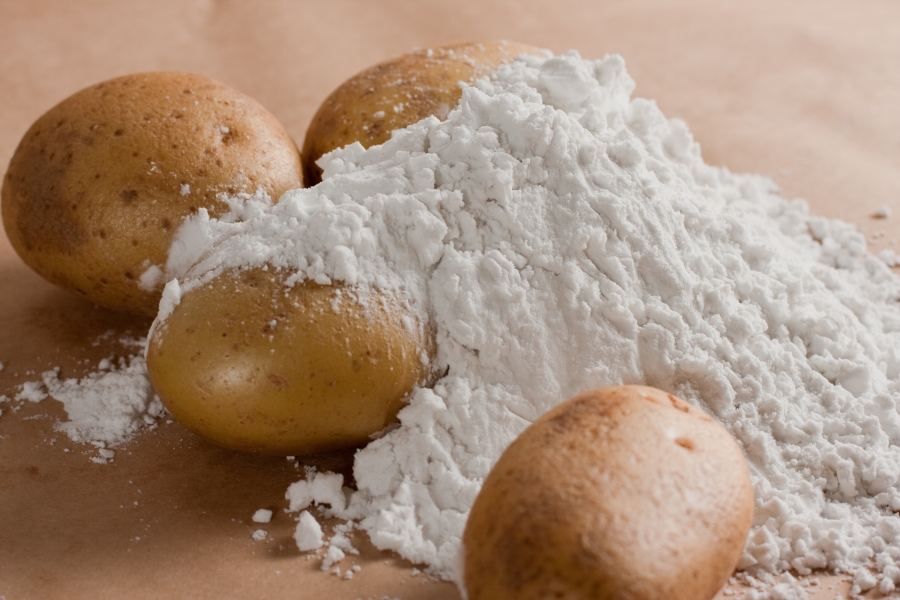
Before bleaching the tulle, wash it in the washing machine to get rid of dust and stains.
The following advantages can be highlighted:
- cheapness (whitening will cost a few rubles);
- availability (starch can be found even in a small store);

Whitening will take several hours, but the result is worth it
- tulle will take on its original appearance and will keep its shape perfectly;
Important! Of course, you will have to set aside several hours for whitening, but the result is worth it.
This method has been known since ancient times, but still has not lost its relevance. Laundry soap will be an auxiliary element in this recipe, so first grate a 100 gram bar on a fine grater. Dissolve a few crystals of potassium permanganate in a glass of water, mix well and pour into a bowl of warm water. Add soap shavings there. Ultimately, you should have a pale rose water with a foam. Soak the tulle in it for 20-30 minutes, and then wash in the usual way. Remember to rinse the product thoroughly.
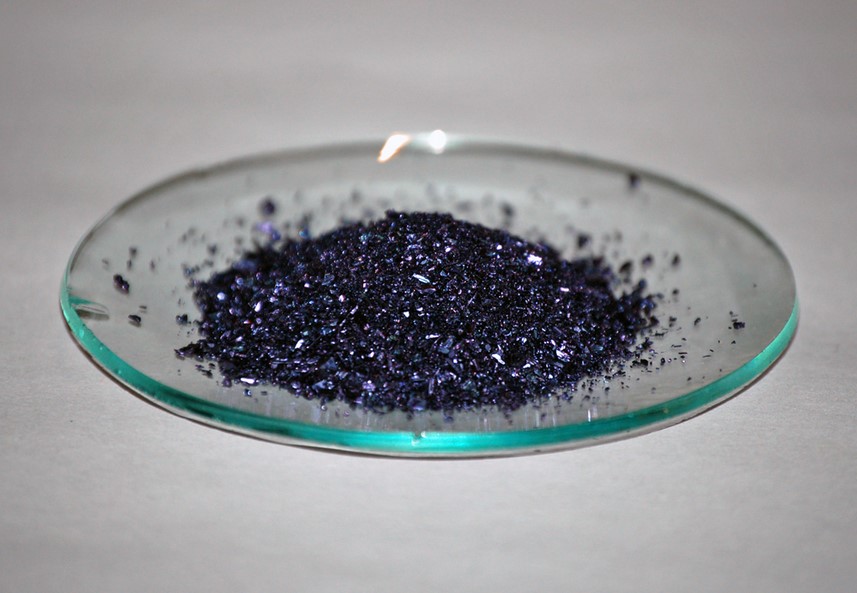
The whitening procedure will not take more than 40 minutes
Advantages:
- the result lasts for a long time;
- the whitening procedure will not take more than 40 minutes.
Disadvantages:
- purchasing potassium permanganate is quite problematic;
- If the crystals do not dissolve well, stains may form on the fabric.
If you still have not decided how to bleach nylon tulle at home, because you are afraid for the safety of such a delicate fabric, use the following method. Grate the soap on a fine grater, send the shavings to a pot of water and boil. Capron does not tolerate high temperatures, therefore, before use, the soap emulsion must be diluted with cool water. In a warm solution, soak the yellowed curtain for 6-8 hours, stir and turn it over every hour. After the time has elapsed, you just have to rinse the product and let it dry.
Grate the soap on a fine grater, send the shavings to a pot of water and boil
The benefits include:
- delicacy (the product is suitable for whitening even the most capricious material);
- cheapness (laundry soap has a rather low cost).
On a note! The main disadvantage is the need for prolonged soaking, which significantly increases the amount of time that will have to be spent on the procedure.
Digestion
This is a rather radical, but effective method. It is recommended to resort to it only in severe cases, when it was not possible to get rid of yellowness by the above methods. Collect the required amount of water in an iron bucket, add powder, and then put tulle in it. Bring the solution to a boil, and then boil for an hour over low heat, stirring constantly.
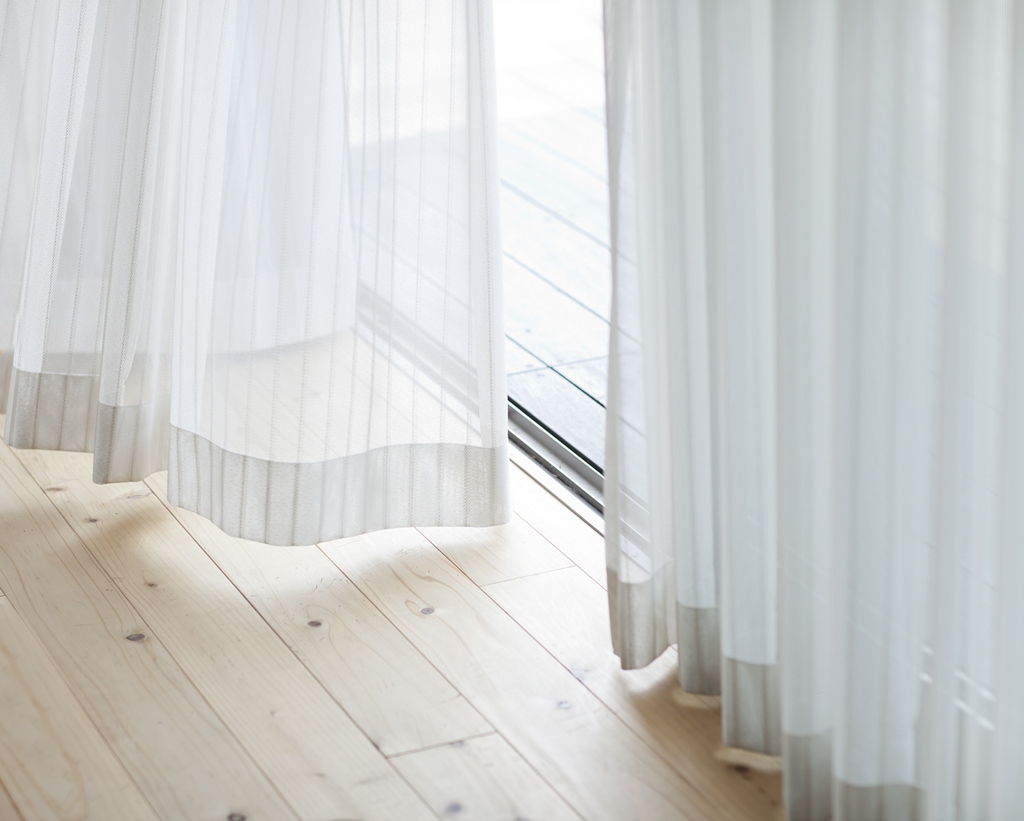
The advantages of such whitening are its low cost and efficiency, and the disadvantages include the need for constant presence at the container.
The advantages of such whitening are its low cost and efficiency, and the disadvantages include the need for a constant presence at the container. In addition, only thick cotton fabrics can withstand this procedure.
Summing up
Now you know how to whiten tulle at home quickly and efficiently, so you can “reanimate” the yellowed fabric at any time and return it to its former beauty. By the way, the fight against ingrained pollution requires an integrated approach.
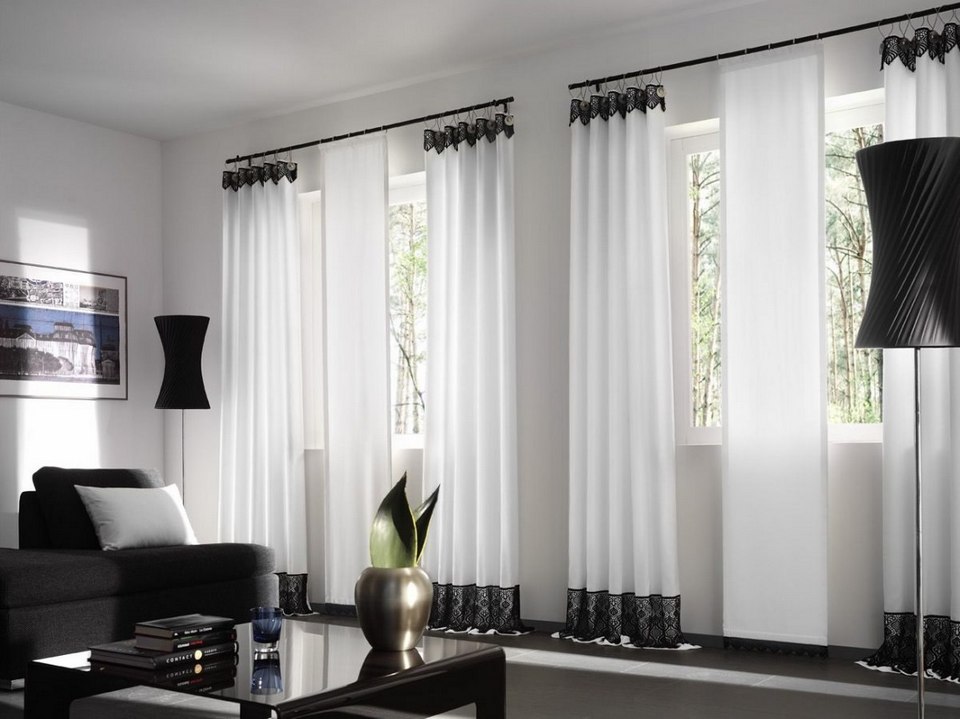
All the methods listed above will help to revive the yellowed tissue and return it to its former beauty.
If the described methods did not help get rid of yellowness, then use a number of procedures at once. First, apply boiling, then rinse in blue, and finally soak the product in a starch solution. After such a multi-stage bleaching, your tulle will definitely shine with cleanliness. Good luck!
I like
